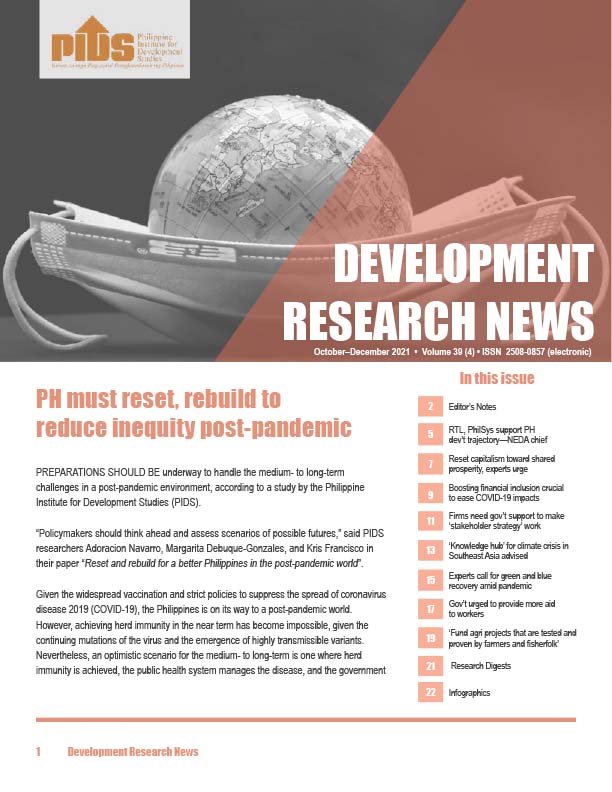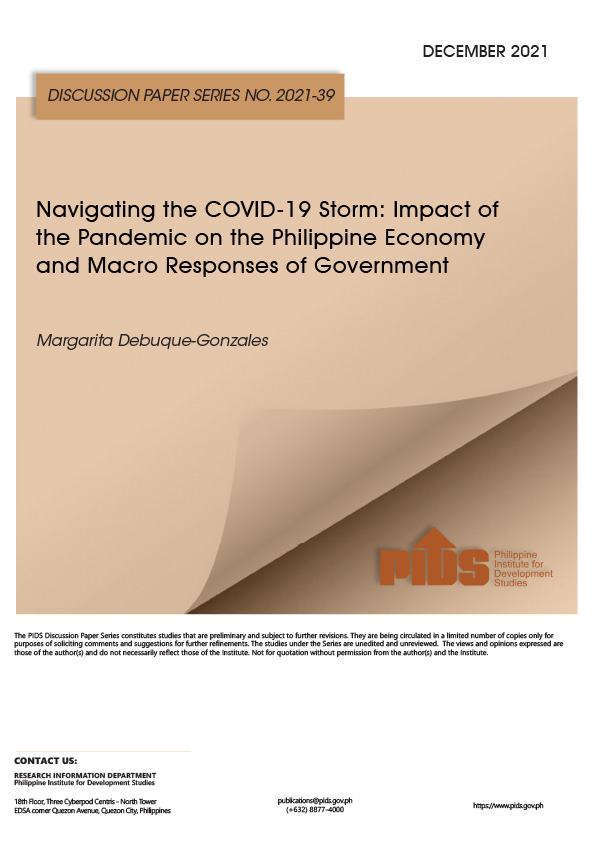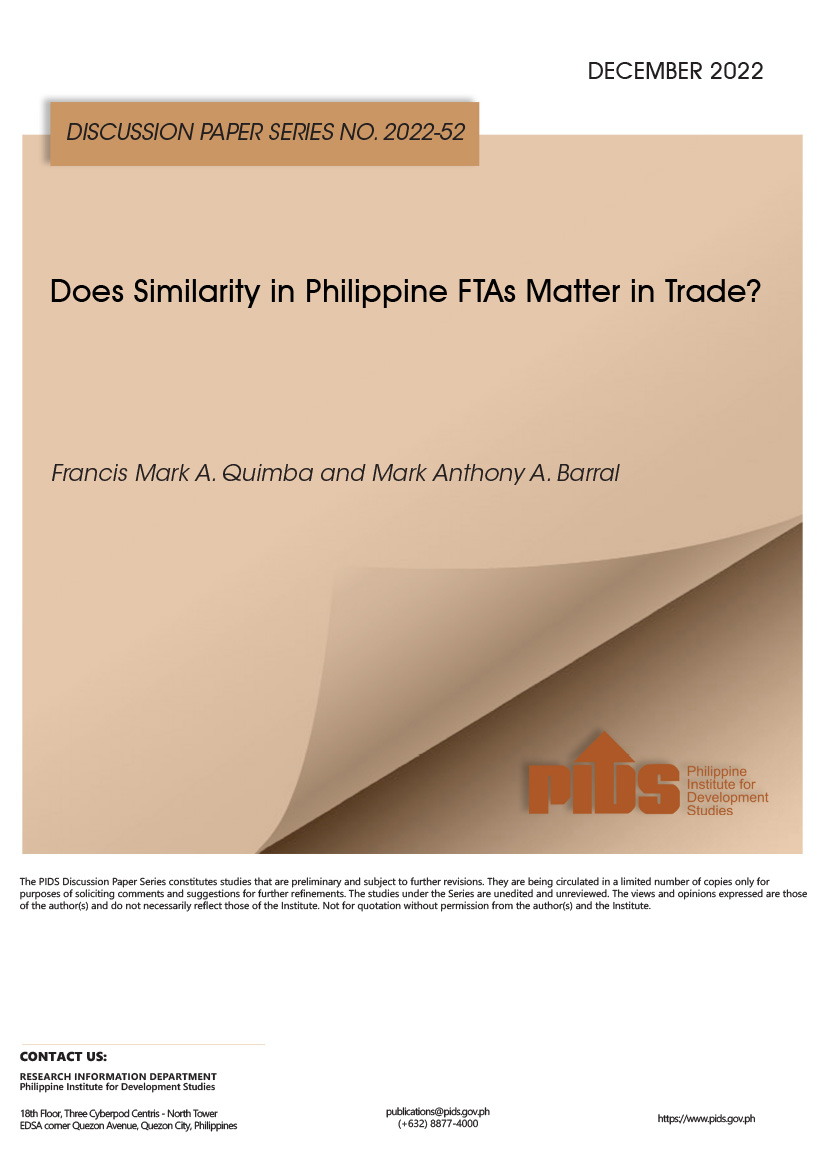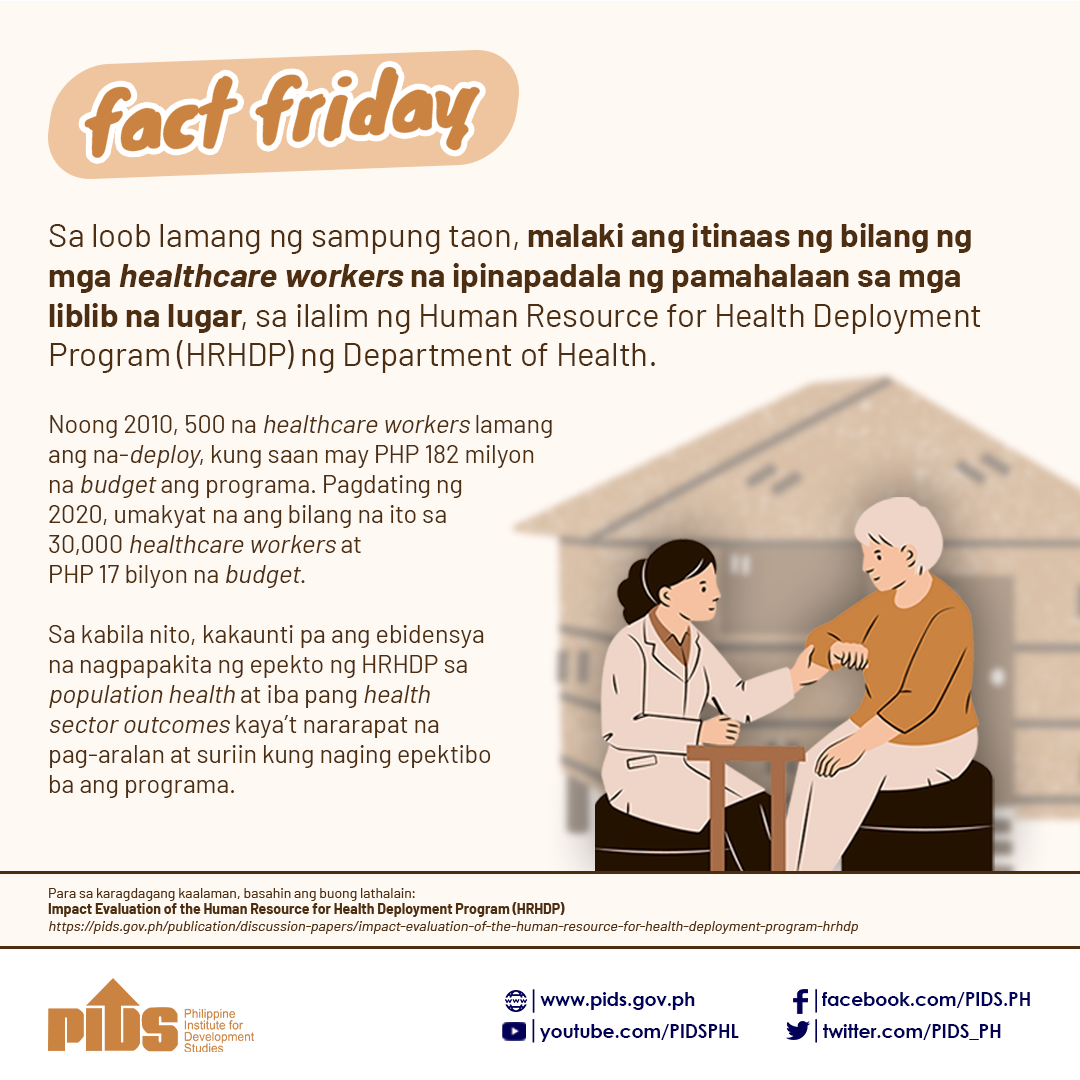This paper estimates a discrete choice model of outpatient care using data drawn from a household survey covering 4 regions and 7 provinces involving 2,798 households and some 14,200 individuals. The choice alternatives include home care and formal care which consists of hospital outpatient clinics, independent private clinics, and public or charity clinics. Both simple logit model and nested logit specifications were estimated. Unlike the results in Gertler and van deer Gaag (1990), the data did not support rejection of the simple logit in favor of the nested logit model specification. The paper found that, contrary to early results (e.g., Akin et al. 1985), prices or user fees and income are important determinants of health care choice. The price elasticities, however, are small in magnitude compared to those in Ching (1995). However, just like the result in Ching (1995) there is a clear tendency for bigger price elasticities among lower income households compared to high income households. The estimated elasticities are also similar with those obtained by others using data from other developing countries reviewed in Gertler and Hammer (1997). These estimated elasticities imply that while price or user fee increases will not drastically affect the average demand for formal care, a uniform application of any price or user fee increase will hurt the poor more than the rich. This provides a case for shielding the poor from any uniform price increase in health care fees. The model was also used to simulate the impact of the 1990-2000 tariff reform program on household health outcomes which in this paper is measured by the probability of using a health facility when one is sick. The simulation results show that households in lower income quintiles are predicted to use less hospital outpatient and independent private clinics and depend more on home care, public and charity clinics while households in the highest income quintile are predicted to use more outpatient and independent private clinics. It appears that the progressive income effect of the tariff reform program is insufficient to counteract the expected price increase of health care in hospital outpatient and independent private clinics.













